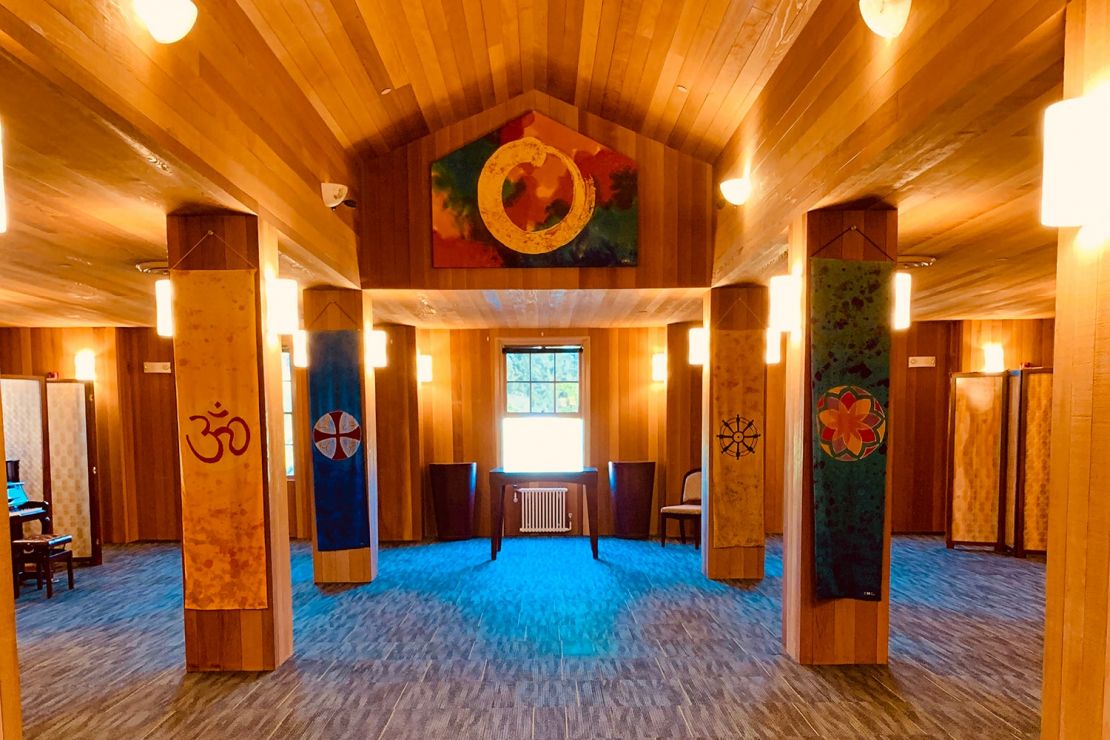
CIRCLE, which is Stanford’s Center for Inter-Religious Community, Learning and Experiences in Old Union, provides space for worship, ritual, meditation, reflection, spiritual, and intellectual growth by community members coming from many traditions and practices. (Image credit: Colleen Hallagan Preuninger)
Dear Stanford community,
As we approach a new academic year, we want members of our campus community to be aware of religious holy days ahead. At Stanford, we value the role faith plays in the lives of many in our diverse campus community and seek to provide both visibility and access to those observing.
This year, the opening of the academic year falls amid the Jewish High Holidays, which begin this week on Friday, Sept. 15.
Last academic year, the Faculty Senate rescheduled the opening of undergraduate classes so as not to conflict with the observance of Yom Kippur. We realize the first day of autumn quarter is unique and holds special significance. The rescheduling of classes was done to align with previous Faculty Senate resolutions that stipulated the first day of classes not fall on religious holy days.
The autumn quarter holds an array of diverse religious and spiritual traditions. This list of major holy days observed by Stanford Associated Religions, a group of 30 religious student organizations on campus, and this broader, downloadable calendar include the many holy days observed by members of our community.
We hope these calendars will be helpful to instructors, managers, and other colleagues as they develop classroom and work schedules. Icons and notes provide more information about observances, some of which affect the ability of community members to participate in work, classes, and activities because of specific requirements.
Please keep in mind that practices and observances vary, even within a particular faith community. Not all people from a particular faith tradition observe in the same way. Some may seek accommodations for a day of fasting, a religious service, or a time of prayer while at work. Others might request time off or an excused absence from class to observe.
Whether you are a student or an instructor, an employee, or a manager, we encourage you to work together to plan for the absence and any notes or assignments that might be missed.
If you have questions about the religious obligations of any particular day or the way in which a religious observance may impact work or events, please feel free to reach out to our Office for Religious & Spiritual Life staff. We are happy to provide additional guidance to help you make plans and respond to requests for accommodations.
Stanford welcomes those from many and from no faith traditions. Our community is enriched by the celebrations observed, the questions asked, and the opportunities explored, and by the thoughtful discussions and awareness that they produce.
I hope that you will find times and settings to contemplate and celebrate across boundaries throughout your journey this year.
Tiffany Steinwert
Dean for Religious & Spiritual Life